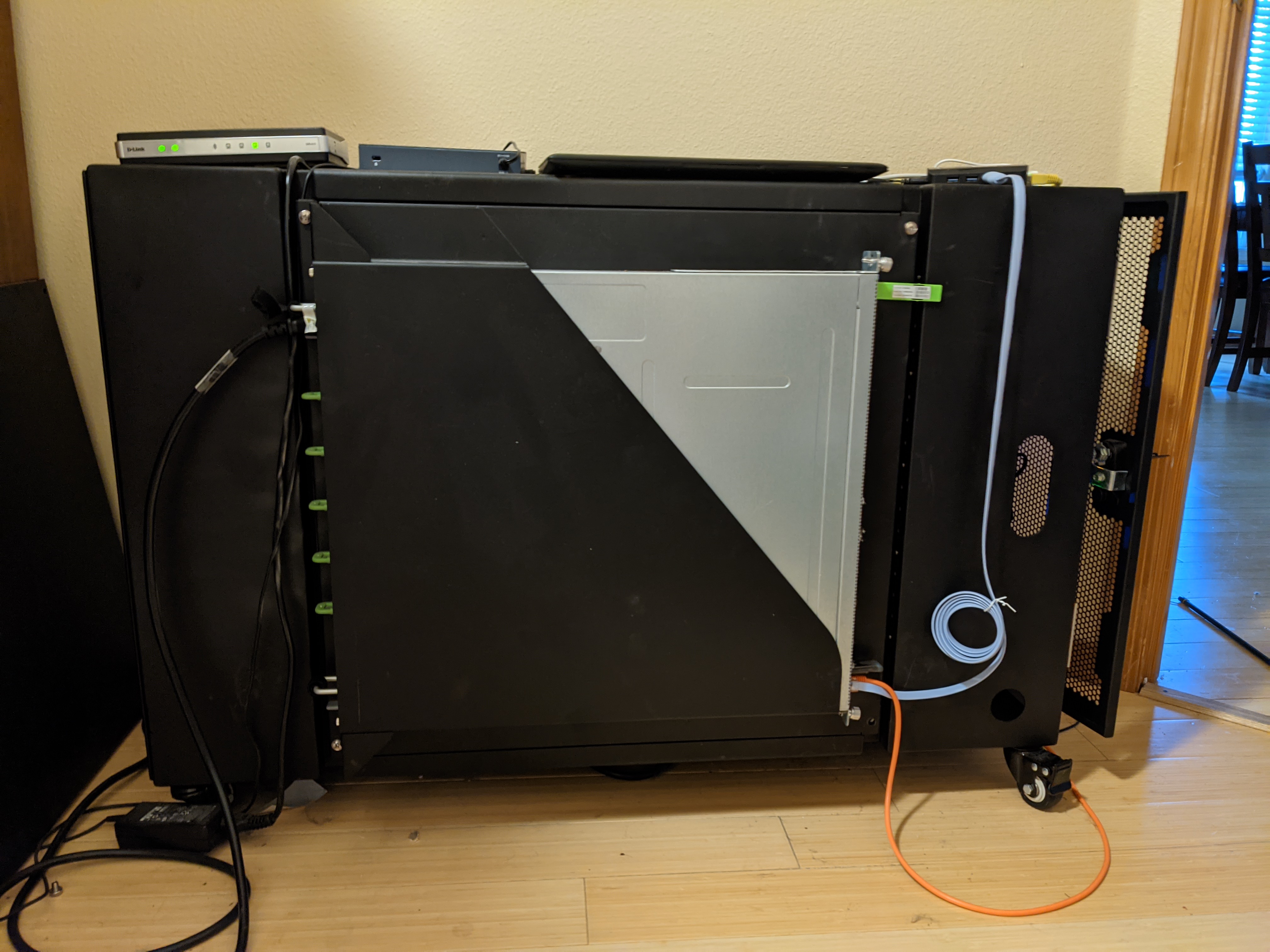The Sesame Discovery is an openly designed chassis that uses the supply chain from the circular datacenter and is a wonderful demonstration of what can be done with a completely open ecosystem.
With the Sesame Discovery, you can have a complete IT environment sitting at home, in a lab, or under your desk at work. The desk side form factor lends itself to any number of uses outside of your typical datacenter. In this way, we take all these parts of hyperscale datacenter components and put them to use in other market segment including healthcare, small business, game companies, and start ups.
We can also design for other form factors that conforms itself to new frontiers - like edge computing, AI, cellular networks, animation render farms. Let’s us unthether ourselves from rackscale servers and even tradtional datacenters.
As an added bonus, we have already paid the carbon cost of the supply chain - it means that these sectors get the benefit of low cost but still powerful compute at a much lower cost than if buying them new.
The designs for the Sesame Discovery chassis are located at https://github.com/opencomputeproject/Discovery.
Contributions and ideas are welcome!
Below is a slide show of the Sesame Discovery

Here you can see the 4 nodes with a 10Gb switch that creates an internal network for all the nodes to talk to each other. The rack mount is based on open specs provided by the Open Compute Project.

Since the designs are open using open source tools like FreeCAD. With a completely open source toolchain anyone is free to modify the design. Here we have designed an addition that will allow a 32 port 100Gb switch. Now we can have daisy chain multiple Discoveries connected with via breakout cables.
But why stop there? Re-design the Discovery to include 8 nodes and grow it. Or maybe design a two node rack instead? Re-purpose the design for Edge computing or even smaller spaces. The wonders of open hardware.

We are showing you rendered images - but here is the setup at Sriram Ramkrishna’s home.

As you can see - there is an entire IT department in a small space in his office. It includes a laptop to connect to the machine and another switch to connect the setup to the home network. This setup currently is running Kubernetes. The machine is maxed out with 1 TB of memory, 92 cores, and 16 TB of storage.
Here is a view with the 100Gb switch from the side. The switch is a Wedge 100 from Facebook running Arista.

The laptop is running openSUSE while the nodes are running Ubuntu. We’re using RacknStack’s Digital Rebar to manage the physical hardwre through OpenBMC and IPMI and Rancher to manage the Kubernetes cluster.
Be sure to catch our talk on Sunday, Feb 7 at 17:35 - “Datacenter class containers for the masses”